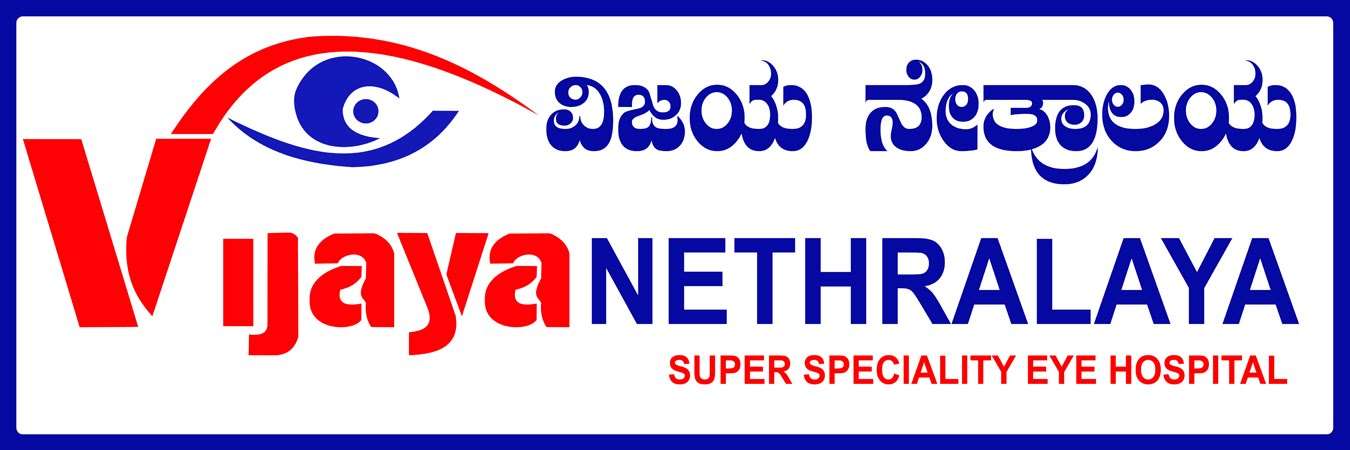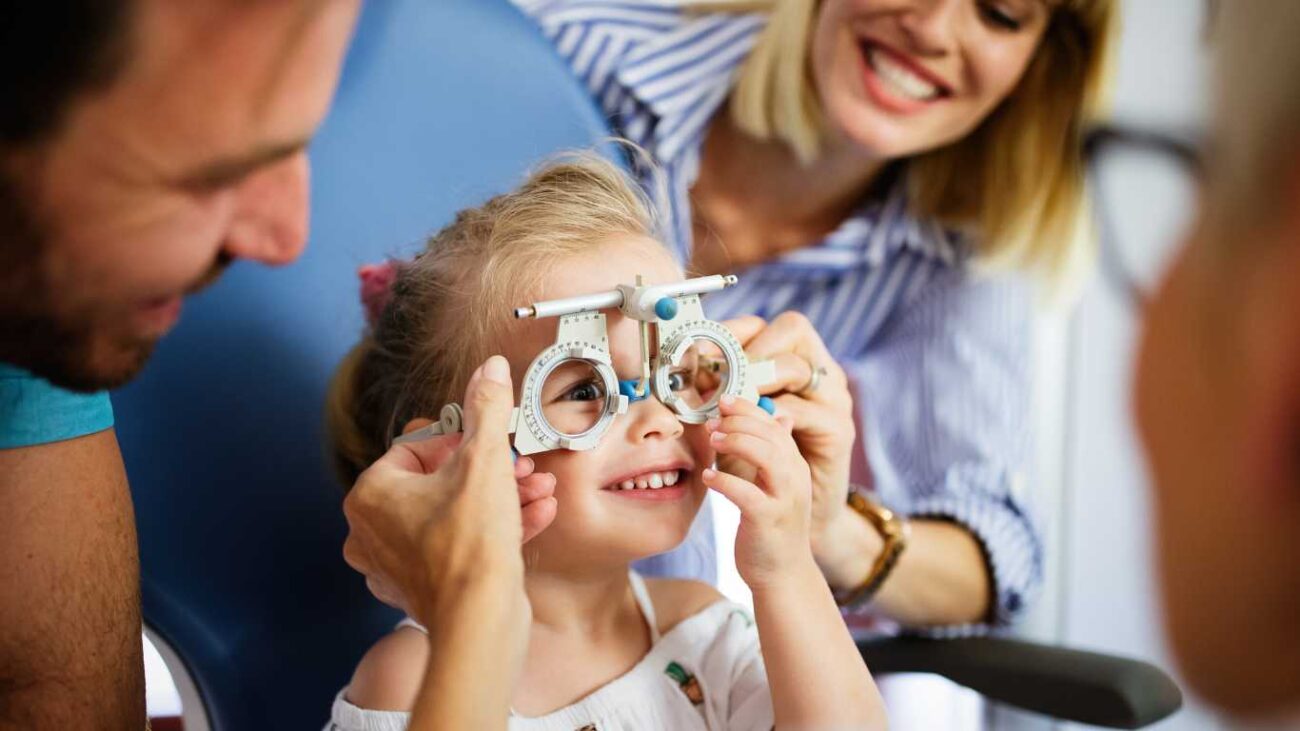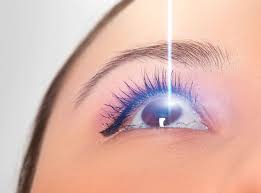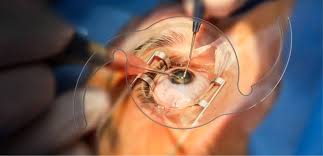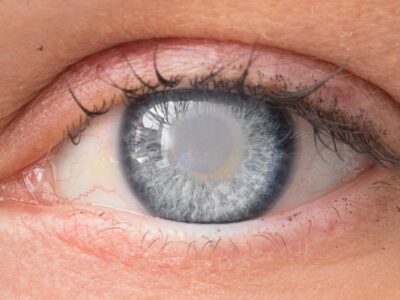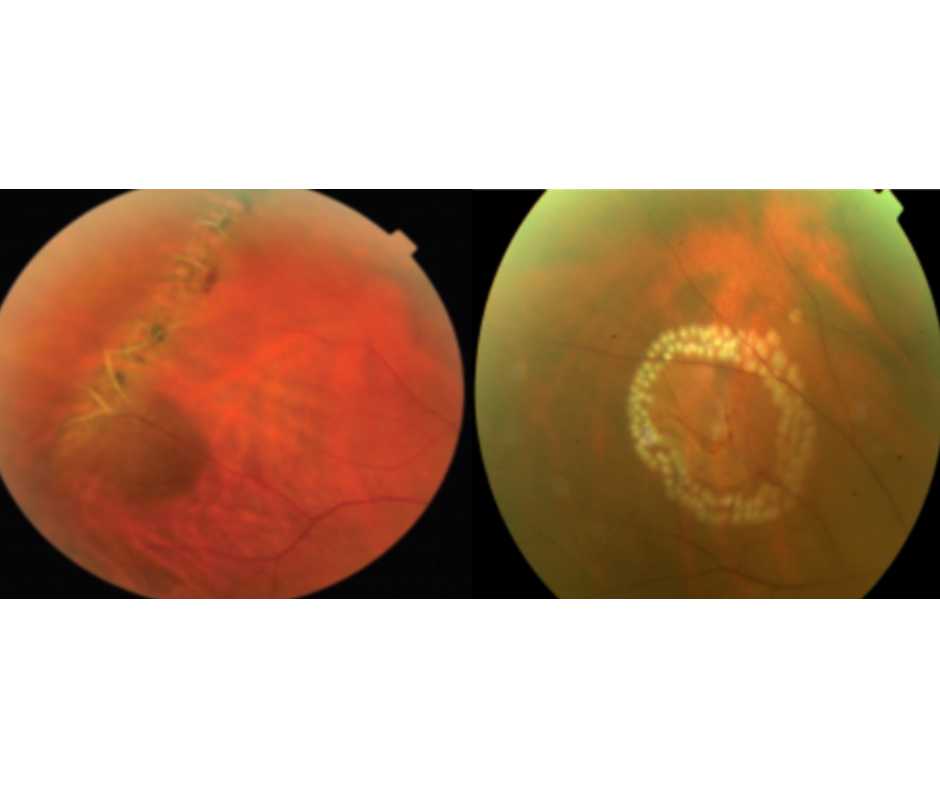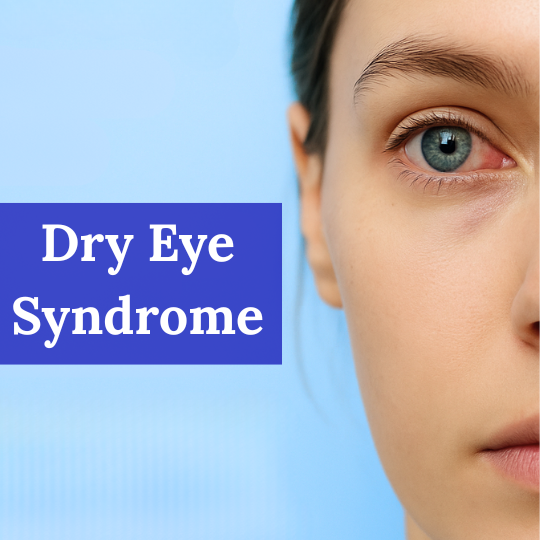Do your eyes feel strained or fatigued after spending long hours in front of a screen? Feeling strained after a Netflix marathon or a full day on Zoom? If you’re between 18 and 55, chances are you’ve heard of blue-cut glasses—but do they really work? Are they worth your money?
This ultimate guide dives deep into blue-cut glasses, from how they work to whether you need them, their pros and cons, cost, eligibility, and expert tips from eye doctors.
What Are Blue Cut Glasses?
Blue-cut glasses, also known as blue light-blocking lenses, are designed to reduce exposure to high-energy visible (HEV) blue light commonly emitted by digital screens, LED lights, and even natural sunlight.
They have a coating that reflects or absorbs blue light wavelengths, aiming to reduce:
- Eye strain
- Headaches
- Dry eyes
- Sleep disruption caused by screen use at night
In essence, they act as a protective shield between your eyes and your screens.
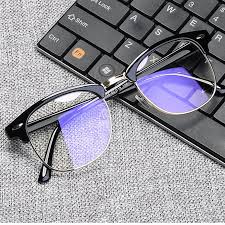
Why Is Blue Light a Concern?
Blue light isn’t all bad. In fact, natural blue light from the sun regulates our circadian rhythm (sleep-wake cycle), boosts mood, and supports alertness.
However, overexposure to artificial blue light—especially in the evening—can cause:
- Eye fatigue
- Blurry vision
- Difficulty falling asleep
- Potential long-term retinal stress (though still under research)
In today’s digital world, where adults aged 18–55 spend 7–10 hours/day on screens, blue-cut glasses are gaining popularity as a preventive tool.
Do Blue Cut Glasses Really Work?
According to recent studies and expert consensus:
- They help reduce digital eye strain.
- They may improve sleep quality when screens are used before bed.
- But they don’t “cure” or “treat” any eye disease.
👓 Dr. Sushruth Appaji Gowda, a certified refractive surgeon, adds:
“Blue-cut glasses can offer symptomatic relief for people who spend long hours on screens. But if you have persistent eye problems, it’s important to consult an ophthalmologist.”
Who Should Consider Wearing Blue Cut Glasses?
You should consider them if you:
- Spend more than 4 hours/day on screens
- Work in front of a computer or laptop daily
- Frequently experience tired eyes, blurry vision, or headaches
- Use screens late at night (Netflix, gaming, scrolling social media)
- Struggle with falling asleep after screen exposure
Even children and teenagers may benefit, but this guide focuses on adults aged 18–55.
How Do Blue Cut Glasses Work?
They use special coatings or lens materials that block or filter HEV blue light wavelengths (380–500 nm), especially the most harmful range (around 415–455 nm). Some lenses appear slightly yellowish, while others are clear with a faint blue reflection under light.
Pros and Cons of Blue Cut Glasses
Pros:
- Reduces digital eye strain
- Improves sleep when used before bedtime
- Minimizes glare from screens and artificial lighting
- Helps with headaches triggered by screen time
- Available without prescription or with your custom power
Cons:
- Not medically necessary for everyone
- Does not treat underlying eye conditions (like dry eyes or myopia)
- Some cheaper versions may not filter enough blue light
- Tinted lenses may slightly alter color perception
💡 Expert Tip: Buy from reputable brands or ask your optometrist. Avoid low-cost, unverified lenses that claim magical results.

Blue Cut Glasses vs Regular Anti-Glare Glasses
| Feature | Blue Cut Glasses | Regular Anti-Glare Glasses |
|---|---|---|
| Blocks blue light? | ✅ Yes | ❌ Minimal to none |
| Reduces eye strain? | ✅ Yes | ✅ Yes |
| Improves sleep? | ✅ Potentially | ❌ No |
| Suitable for screen use? | ✅ Especially at night | ✅ But less protective |
| Price difference | Slightly higher | Usually more affordable |
Cost of Blue Cut Glasses in India (2025)
Blue sunglasses are affordable and come in a wide range based on brand and lens quality.
| Type | Price Range (INR) |
|---|---|
| Non-prescription basic | ₹1,500–₹4,000+ |
| Prescription lenses | ₹5,000–₹10,000+ |
| Premium branded lenses | ₹5,000 – ₹10,000+ |
Some optical shops also offer EMI or package options if you’re getting them along with regular prescription glasses.
Recovery Timeline & Adjustment Period
There’s no recovery time as blue-cut glasses are non-invasive. But there may be a short adjustment period (2–5 days), especially if:
- You’re switching from regular lenses
- The lenses have a yellow tint
- You’re using them during nighttime work
📌 Pro Tip: Start by using them during screen-heavy tasks, and gradually increase wear time.
Are Blue Cut Glasses Safe?
Absolutely. They are safe for daily use, even for 10+ hours a day. They won’t harm your vision or make your eyes reliant on wearing them.
However, they don’t replace eye care, like
- Following the 20-20-20 rule
- Regular eye checkups
- Proper lighting while working
Eligibility: Who Can Wear Blue Cut Glasses?
Anyone can wear them, but they’re most useful for:
- Students, coders, designers, content creators
- Office-goers on laptops and desktops
- Gamers, spree-watchers, and late-night screen users.
- People with digital eye strain symptoms
Even if you have
- Powered lenses (myopia, hyperopia)
- Multifocal or bifocal prescriptions
- If you wear contact lenses, you can comfortably layer blue-cut glasses on top without any issues.
Do You Still Need Blue Cut Glasses After LASIK?
Yes, if you spend long hours on screens. Post-LASIK patients can benefit from blue light filtering to avoid digital fatigue—especially during the healing phase or in dry environments.
“Key Factors to Consider Before Purchasing Blue Light Blocking Glasses”
- Check for certification that confirms the glasses filter blue light in the 400–450 nm wavelength range.
- Anti-reflective coating
- UV protection
- Brand reliability (avoid no-name imports)
- Return or trial policy
Pro Tip: Many optical stores allow free trials or return windows—use them!
Common Myths About Blue Cut Glasses (Busted!)
- ❌ “They fix your eyesight.”
➤ No—they reduce screen-induced symptoms, not refractive errors. - ❌ “They’re just marketing hype.”
➤Studies have shown that they can help relieve digital eye fatigue and promote better sleep quality. - ❌ “Only people with power need them.”
➤ Blue light affects everyone, regardless of vision status.
Expert Tips from Ophthalmologists
👨⚕️ Dr. Appaji Gowda (Refractive Surgeon, Vijaya Nethralaya):
“Don’t rely solely on glasses. Follow digital hygiene, take screen breaks, and get yearly eye exams.”
Lifestyle tips from experts:
- Enable night mode or apply blue light filtering settings on your devices to reduce eye strain.
- Adhere to the 20-20-20 guideline: every 20 minutes, take a 20-second break to focus on something 20 feet away.
- Avoid screens at least 1 hour before bed
- Use humidifiers or artificial tears if working in dry AC rooms
Alternatives to Blue Cut Glasses
If glasses aren’t your style, try:
- Screen filters (for laptops or phones)
- Computer display settings (Night Shift, f.lux, etc.)
- Blue light filter apps
- Ambient lighting improvements (avoid dark rooms with bright screens)
FAQs: People Also Ask
Are blue-cut glasses good for your eyes?
Yes, they help reduce digital eye strain, especially during prolonged screen use.
Can I wear blue glasses all day?
Yes, they are safe to wear all day, even during non-screen activities.
Do blue light glasses help with headaches?
They can reduce screen-triggered headaches, but not all headaches are caused by blue light.
Can kids wear blue cut glasses?
Yes, especially for kids who use tablets or attend online classes, but consult a pediatric eye doctor first.
Is there any side effect of blue-cut glasses?
No significant side effects. A short adjustment period is normal for some people.
Final Verdict: Should You Get Blue Cut Glasses?
Yes, if you’re aged 18–55 and spend a significant part of your day on screens, blue-cut glasses can be a smart, affordable way to protect your eyes. They’re not a miracle cure—but they’re an effective tool in your digital wellness toolkit.
Just remember: Glasses help, but good screen habits and regular eye exams are equally important.
Call to Action
Ready to try blue-cut glasses or need a personalized consultation?
👉 Visit your nearest ophthalmologist or optician for expert guidance tailored to your eyes.
If you’re in Bangalore, you can consult the experts at Vijaya Nethralaya Eye Hospital, Nagarbhavi.
